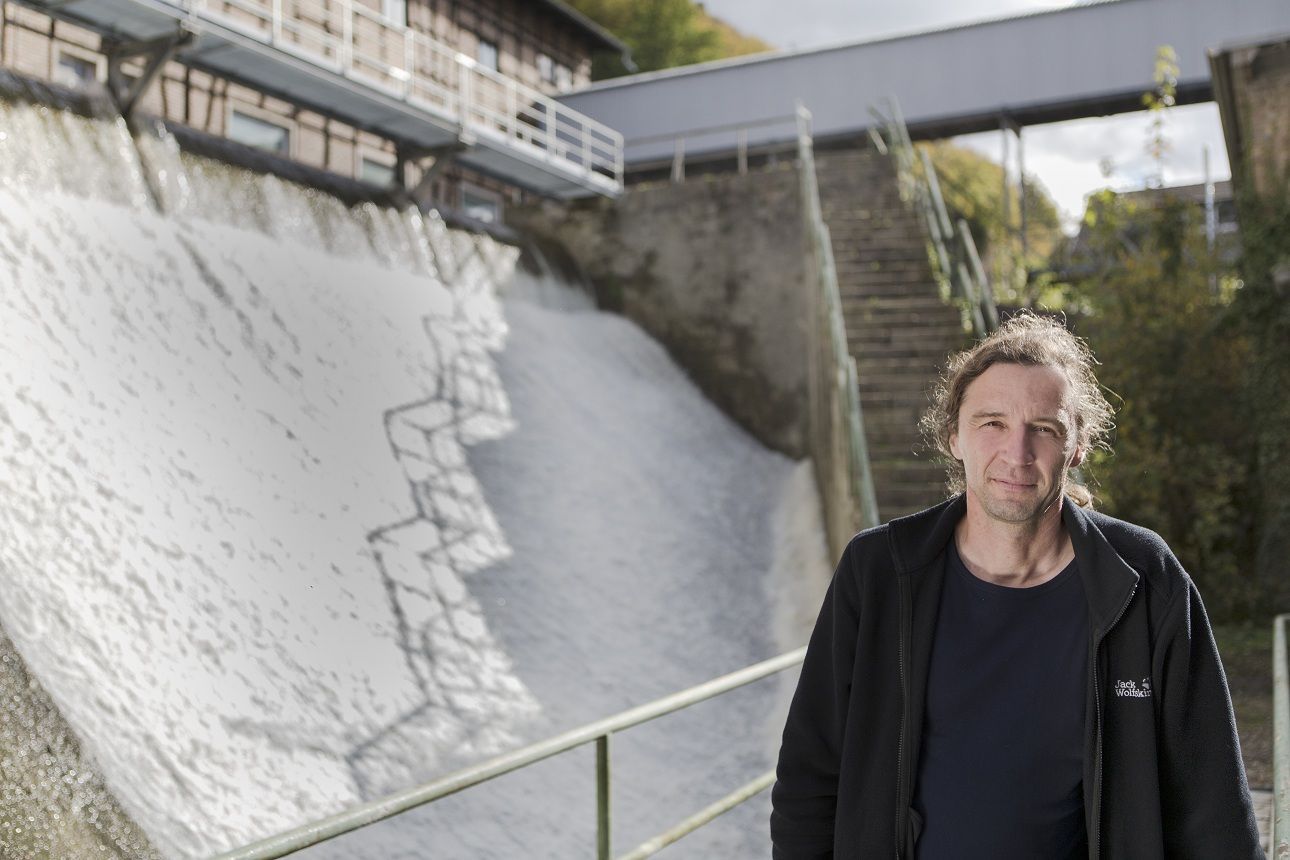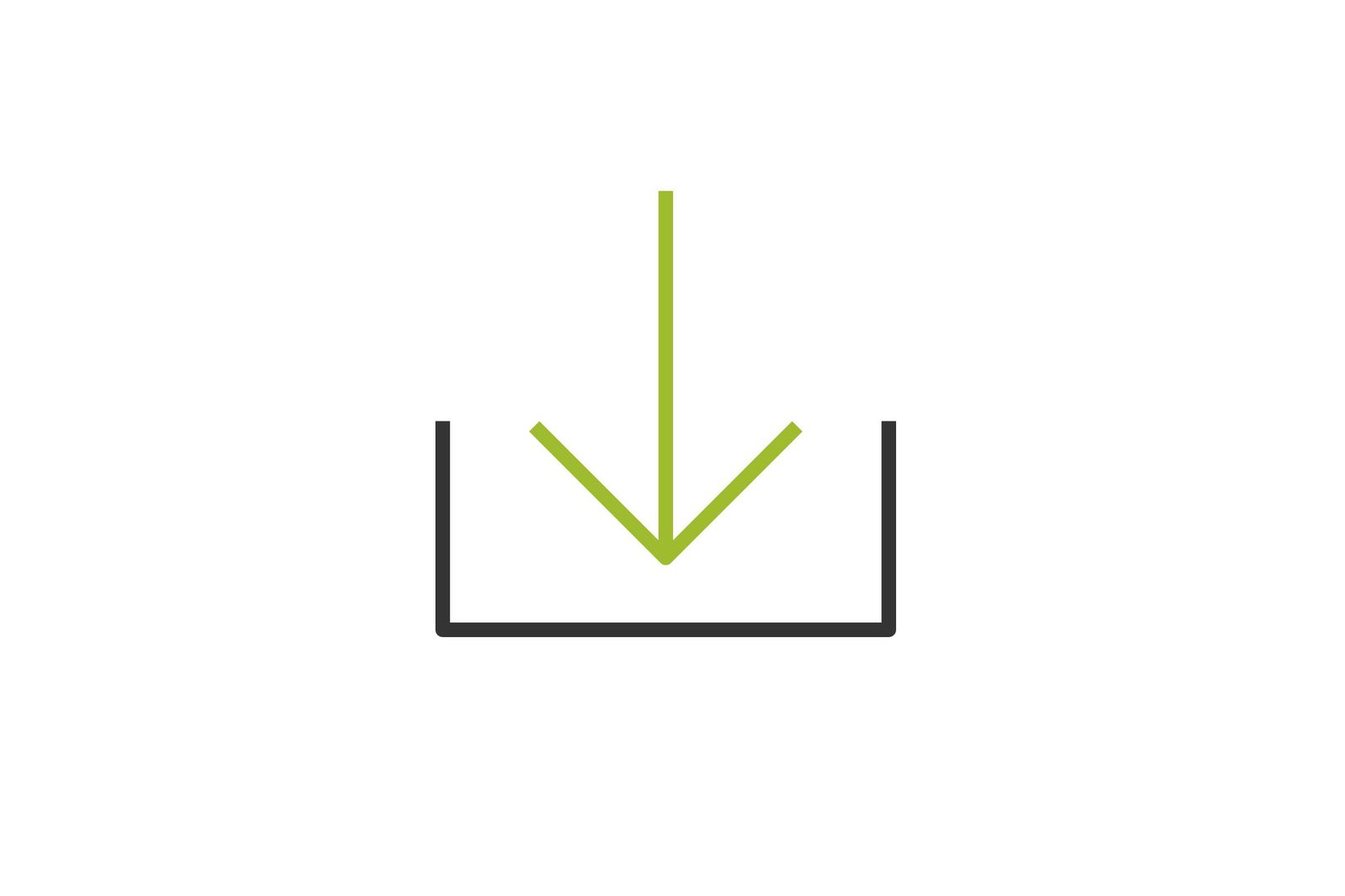Staying stable
Already during the train ride along the idyllic Murg valley, the traveller will see a hydroelectric power plant on the bank every few kilometres. It is not so long ago that coal power from the Rhineland was responsible for the base load and hydroelectric power from southern Germany for the peak load.
Table of Contents

Since the early 20th century, decentralised electricity production from renewable energies has therefore been established along the Murg - even if it was probably called something else in the past.
The hydroelectric company Wasserkraftwerke Murg Breitwies Schlechtau GmbH & Co. KG operates two of the more than 30 hydroelectric power plants that use the gradient of the Black Forest to produce electricity from hydroelectric power. The advantages have always been: electricity from hydroelectric power is easy to forecast, easy to control and comparatively cheap. "This is why we can also make our contribution to the energy transition by bringing stability to the entire system", explains Martin Weißmann, the company's Managing Director.
Even before the cooperation with Next Kraftwerke, the power plant had chosen the German Renewable Energy's Act 2012 trading scheme in the feed-in premium (FIP) model as the way to go when it comes to selling its electricity on the energy market. The switch to Next Kraftwerke was therefore not least due to the desire to join a virtual power plant in addition to pure electricity trading on the energy exchange. "I had been enthusiastic about the idea of virtual power plants for a long time - networked decentralized generators are gradually taking over the role of centralized large-scale power plants, and that makes sense," recalls Martin Weißmann, who himself lectures on energy economics at the Karlsruhe University of Applied Sciences. "I had been thinking about building a virtual power plant myself, but now that I see how complex and time-consuming it all is, I'm glad I didn't go in that direction after all," he says with a smile. Today, the hydroelectric power plant is connected to the headquarters of the virtual power plant Next Pool in Cologne via a GPRS connection. Thanks to this networking, the power plant can react to current grid situations and thus provide negative secondary reserve (aFRR). Martin Weißmann even installed the necessary remote control unit, a Next Box, himself.
The day-to-day cooperation extends to two areas. On the one hand, Next Kraftwerke, in close cooperation with the operator, undertakes the forecasting of power generation and then trades the electricity on EPEX SPOT, the spot market of the power exchange EEX. On the other hand, the virtual power plant offers the flexibility of the dispatchable hydropower plant in the south-west German TSO area to the regional transmission system operator as control reserve - more precisely as negative secondary reserve. "Communication with Next Kraftwerke is uncomplicated and helpful, whether with the technical department at headquarters or with my customer advisor here on site," explains Martin Weißmann.
But despite what has been achieved, there are still many ideas that have not yet been implemented. "Hydropower has so many advantages, it is even cheaper than other renewable energies. We need new products to make full use of these advantages," demands Martin Weißmann. So there is still a lot to be done in some areas to ensure that hydropower can maintain its traditional place in the new energy world in the way it has always deserved.
Facts & Figures
| Capacity: | 16 M. kWh p.a. |
| Applied products: | Direct marketing, Balancing energy |
More Information and Services


